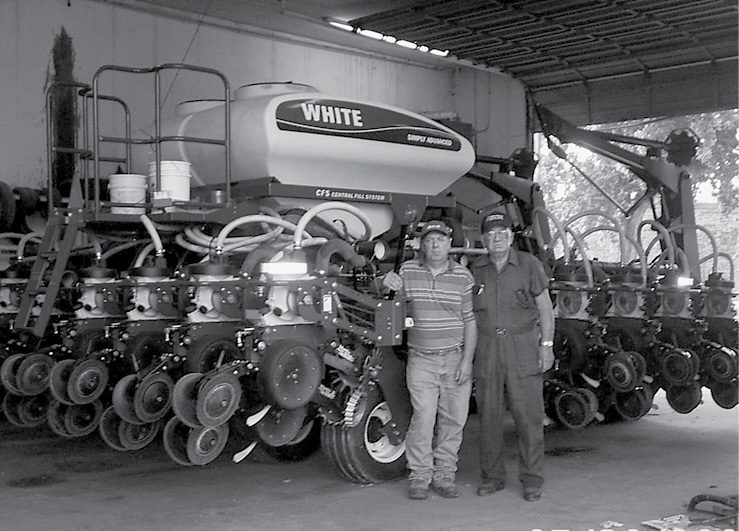No-Till Farmer
Get full access NOW to the most comprehensive, powerful and easy-to-use online resource for no-tillage practices. Just one good idea will pay for your subscription hundreds of times over.

Name: David D. Sutherland
Location: Leroy, Kan.
Years Of No-Tilling: 10 (last 7 years in 100 percent continuous no-till).
Acres No-Tilling: 4,000 (600 acres doublecropped). Also custom no-tills about 4,000 acres.
No-Tilled Crops: Corn, soybeans, winter wheat, grain sorghum, cover crops (Austrian winter peas, oilseed radish, annual ryegrass).
One of the best pieces of advice we got before shifting to continuous no-till is to get your fields in the best shape possible when making any major changes in your farming methods. As a result of correcting pH, bringing soil fertility up to high levels, and doing land leveling and ditching where needed to improve field drainage, we didn’t experience the yield drag some new no-tillers report.
In fact, we started to see improved yields the very first years of no-tilling. It was one of the first of many good ideas we’ve taken home from attending the National No-Tillage Conference.
That was 7 years ago. Actually, my dad, Donald “Red” Sutherland, first experimented with no-till 25 years ago. He learned a lot given the limited equipment and no-till knowledge available at the time. He never gave up on the idea, and by the mid-90s, our need to control erosion, reduce manpower and cut fuel costs brought us back around to trying no-till again, this time in a 100 percent continuous no-till system.
About a third of our fields, located about 70 miles south of Topeka, Kan., are erodible and, over the years, we’ve installed about 35 miles of…